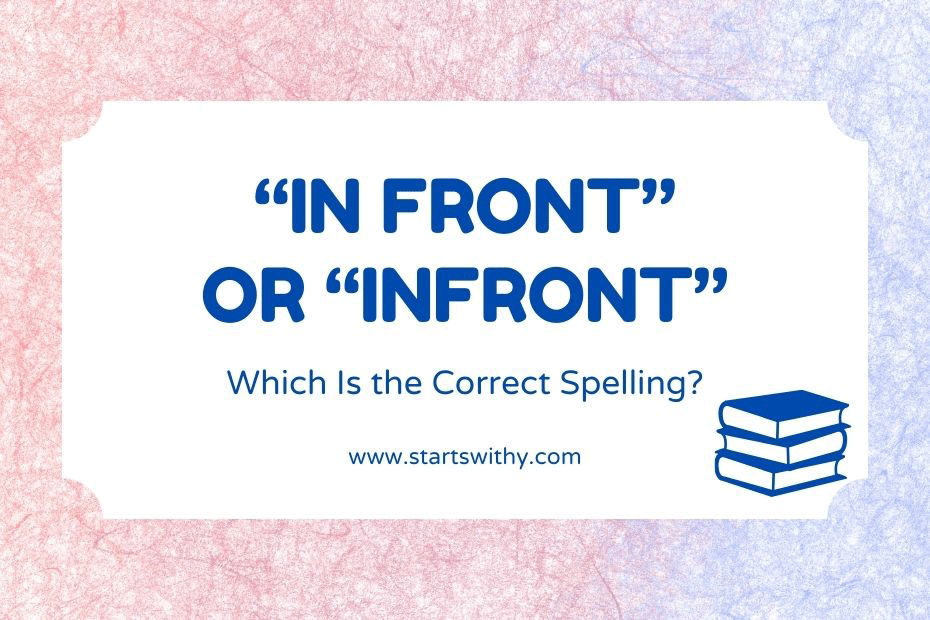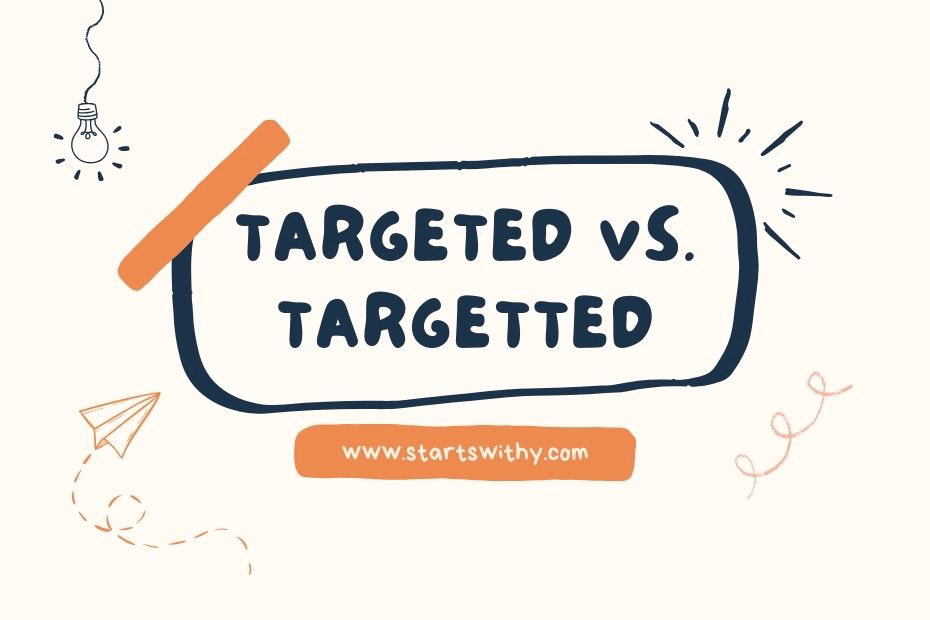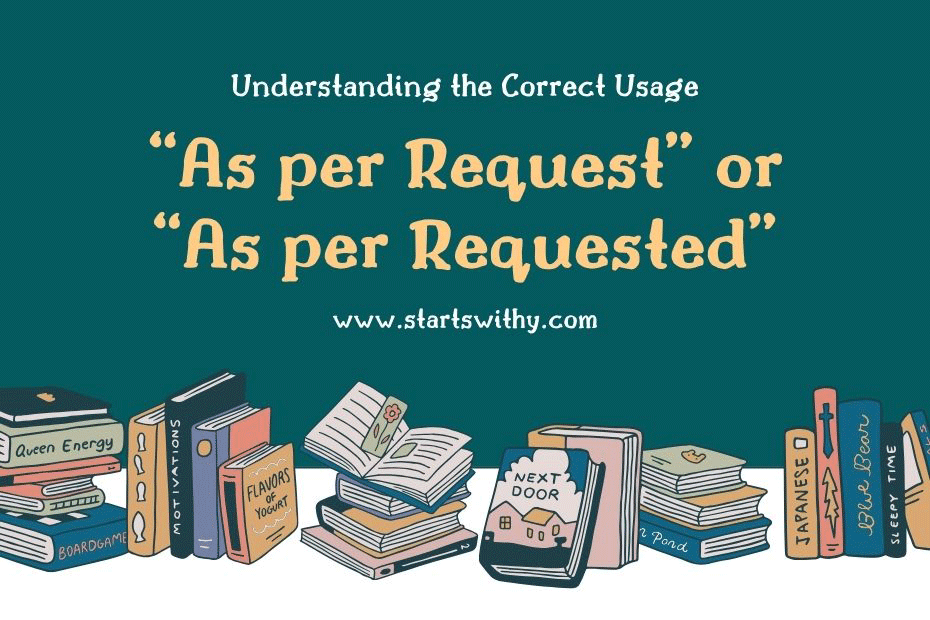Can’t make heads or tails of that messy handwriting? You might be looking at something illegible. Illegible means something that is difficult or impossible to read due to being unclear or poorly written.
In everyday life, coming across illegible notes, scribbles, or labels can be frustrating. Whether it’s a doctor’s handwriting on a prescription or a hastily written message, illegible text can cause confusion and misinterpretation.
7 Examples Of Illegible Used In a Sentence For Kids
- The handwriting on the board was illegible.
- The book was old and the words were illegible.
- The letter was crumpled and the writing was illegible.
- I tried to read the note, but it was illegible.
- The sign was covered in mud, making it illegible.
- The marker was running out of ink, making the text illegible.
- The message on the paper was illegible because it was smudged.
14 Sentences with Illegible Examples
- After the party, I found an illegible note in my bag that I couldn’t understand.
- The professor’s handwriting on the whiteboard was so illegible that none of us could take proper notes.
- I received a letter from the college with an illegible signature, leaving me confused about who it was from.
- My friend’s messy writing on the assignment made it almost illegible to read.
- The instructions on the exam paper were so illegible that we had to ask the invigilator for clarification.
- I tried to decipher the illegible scribbles in my notebook but couldn’t make sense of them.
- The librarian’s note about the due dates was completely illegible, causing chaos among students.
- The professor handed us a photocopied handout with illegible text, making it impossible to study from.
- The textbook had a section with illegible printing, making it challenging to follow the lesson.
- The student council’s announcement on the notice board was so illegible that many students missed important information.
- During the lecture, the speaker’s slides had illegible diagrams that confused the students.
- My friend’s last-minute addition to the group project was completely illegible and had to be redone.
- The handwriting on the library book’s margin notes was so illegible that I couldn’t benefit from them.
- The feedback on my assignment was mostly positive, but some comments were illegible and hard to understand.
How To Use Illegible in Sentences?
To use the word “Illegible” in a sentence, you need to understand its meaning and proper usage. Illegible is an adjective that describes something that cannot be easily read or deciphered due to poor handwriting or unclear printing.
Here is an example sentence using “Illegible”:
- The doctor’s prescription was so illegible that the pharmacist had a hard time understanding what medication to dispense.
When you encounter a text or handwriting that is difficult to make out, you can use “Illegible” to convey this idea effectively. It is important to remember that “Illegible” should be used when referring to written or printed text that is unclear, unreadable, or indecipherable.
Here are a few other examples of how to use “Illegible” in sentences:
-
The student’s essay was filled with spelling mistakes and was almost illegible.
-
Due to the faded ink, the historical document had become illegible over time.
-
The signature on the contract was so illegible that they had to ask for a new one to be signed.
By incorporating “Illegible” into your vocabulary and writing, you can effectively communicate situations where text is difficult or impossible to read.
Conclusion
In conclusion, illegible sentences lack clarity and are difficult to read or understand due to poor handwriting, smudged ink, or other factors affecting their legibility. When sentences are illegible, communication can break down, leading to confusion and errors in comprehension. It is crucial to ensure that written text is legible to convey ideas effectively and facilitate smooth communication.
To avoid illegible sentences, one should focus on improving handwriting, using proper formatting, and ensuring that the text is free from smudges or errors. By taking these steps, one can enhance the readability of their sentences and ensure that their message is conveyed clearly to the intended audience. Clear and legible writing is essential for effective communication in various settings, making it worth the effort to prioritize readability in all written communication.



